Having used the Fuji X-Pro3 now for six months, it’s time for the final of this three-part series. To call this a review would be a bit strong. It began last year with Hamish suggesting that I put a few thoughts together after I’d mentioned this new camera to him in passing. So this is more like a series of observations and user experiences than a straight review (of which there are a million out there already.) But while my views are highly subjective and my use of the camera is narrow in its scope, Hamish and I both figured that this might be of interest to the 35mmc clan, starting with initial thoughts and then followed by a couple of updates about how the camera was working out for me.
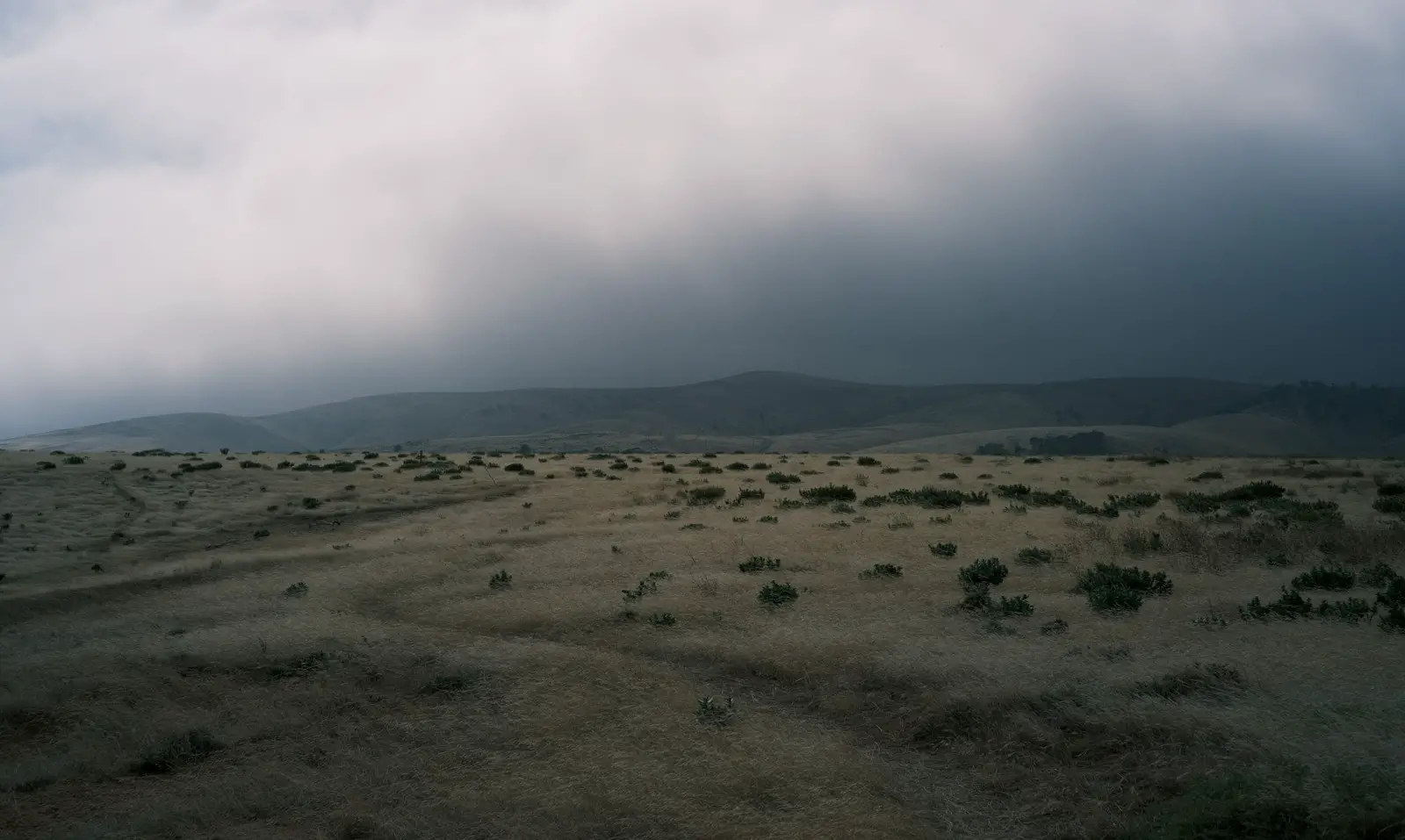
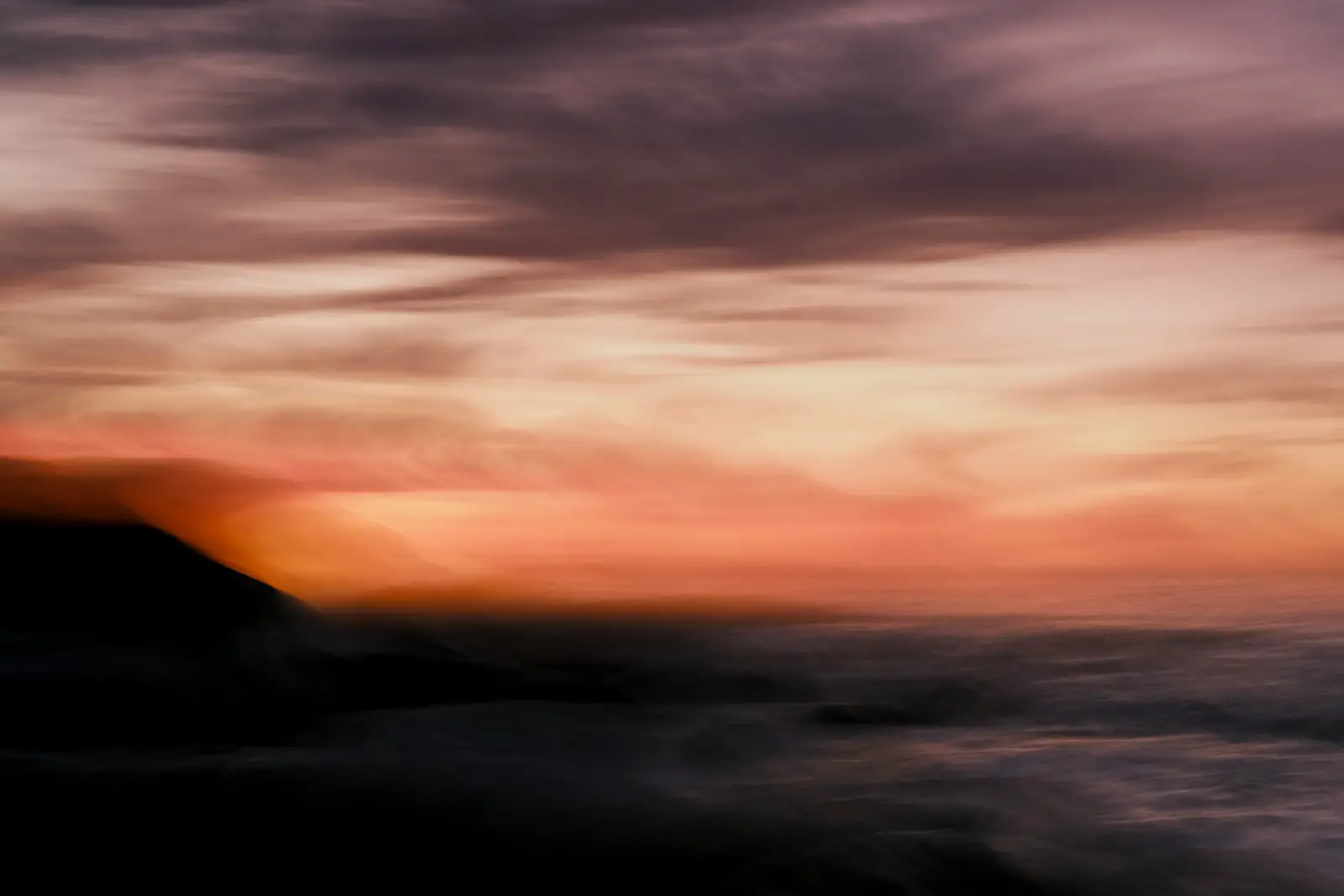
Looking back over parts one and two I still agree pretty much with those first impressions. After six months I’ve now settled in to using the camera and it’s getting to the point where I’m forgetting how to set things up in the menus because I so rarely change them.
If you want to go back to the older articles you’re welcome to do so, (Part one, part two) but it’s not really needed. Basically I said that I love the build quality, form factor and the EVF/OVF, but that was pretty meaningless without nice files. It took me a while but I then got it set up to make jpegs that I’m really happy with. I like flat jpegs that I can then tweak in LR to bring them up, but I don’t want to do do too much work. Like everyone else I love the new Classic Neg simulation. I like to throw that on top of the DR-Priority setting so my jpegs come out with no blacks and no whites and I set that myself. It’s probably worth mentioning that I leave the camera on ISO 400 and daylight white balance unless there’s some special reason to change. I write in a bit more detail about the sensor later on.
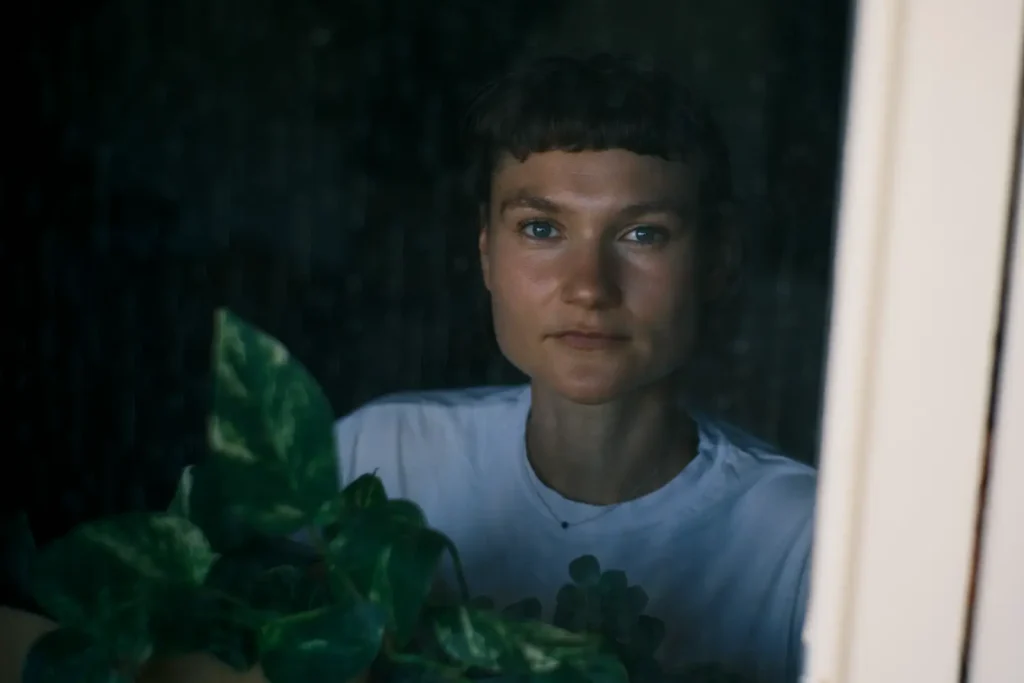
Four Days with Four Cameras
So why “Four Days with Four Cameras?” I thought that I really should get on and write this article, and found the the camera was still in my bag from a few days down on the coast. I’d spent four days away shooting and had taken four cameras with me. I shot a roll in each of the three film cameras and 36 frames on the X-Pro3. It struck me that this camera has now become a working part of my kit, so I guess the trigger for this piece was being able to to say how it fits in to help me make what I want. The part it plays in my photography is far more relevant to me than any list of specs.
I thought it would be interesting to put this camera in the context of what I’ve been doing over the past six months that I’ve had it, and how the X-Pro3 works in concert with the other cameras I’m using.
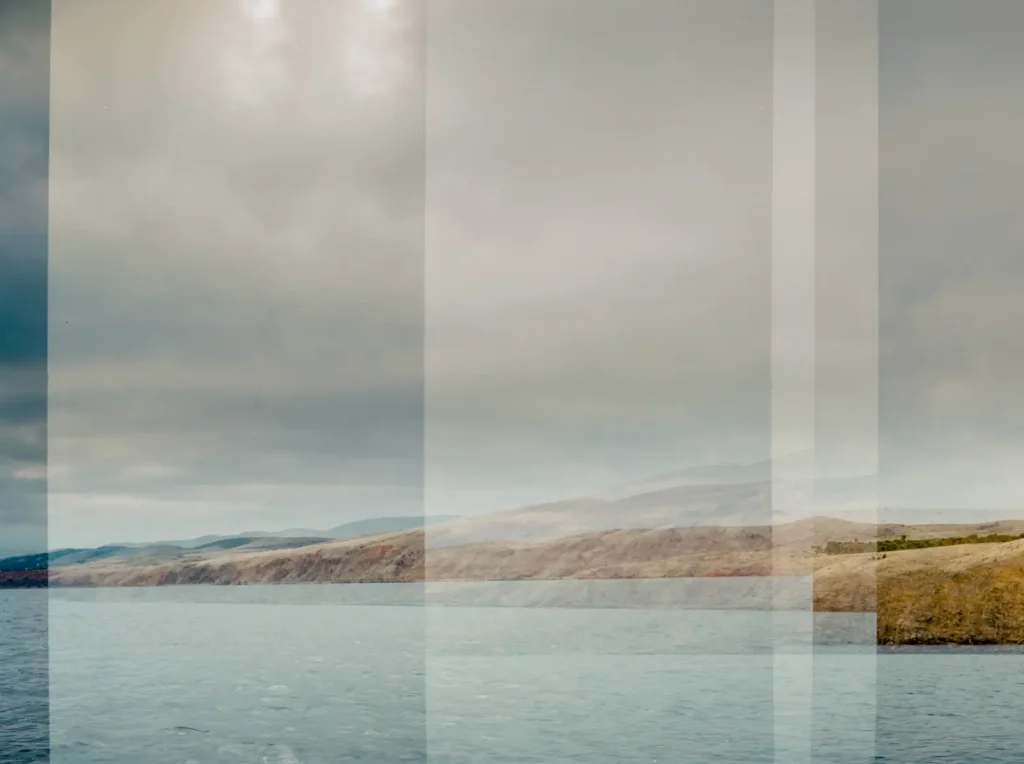
Of course there are a few things on the go, but to narrow it down, one is a project called “On the Beach” and is based on the coast near where I live. If things stay on track (and what could possibly go wrong?) I will be having a couple of exhibitions later in the year, one as core to a photographic festival we have here.
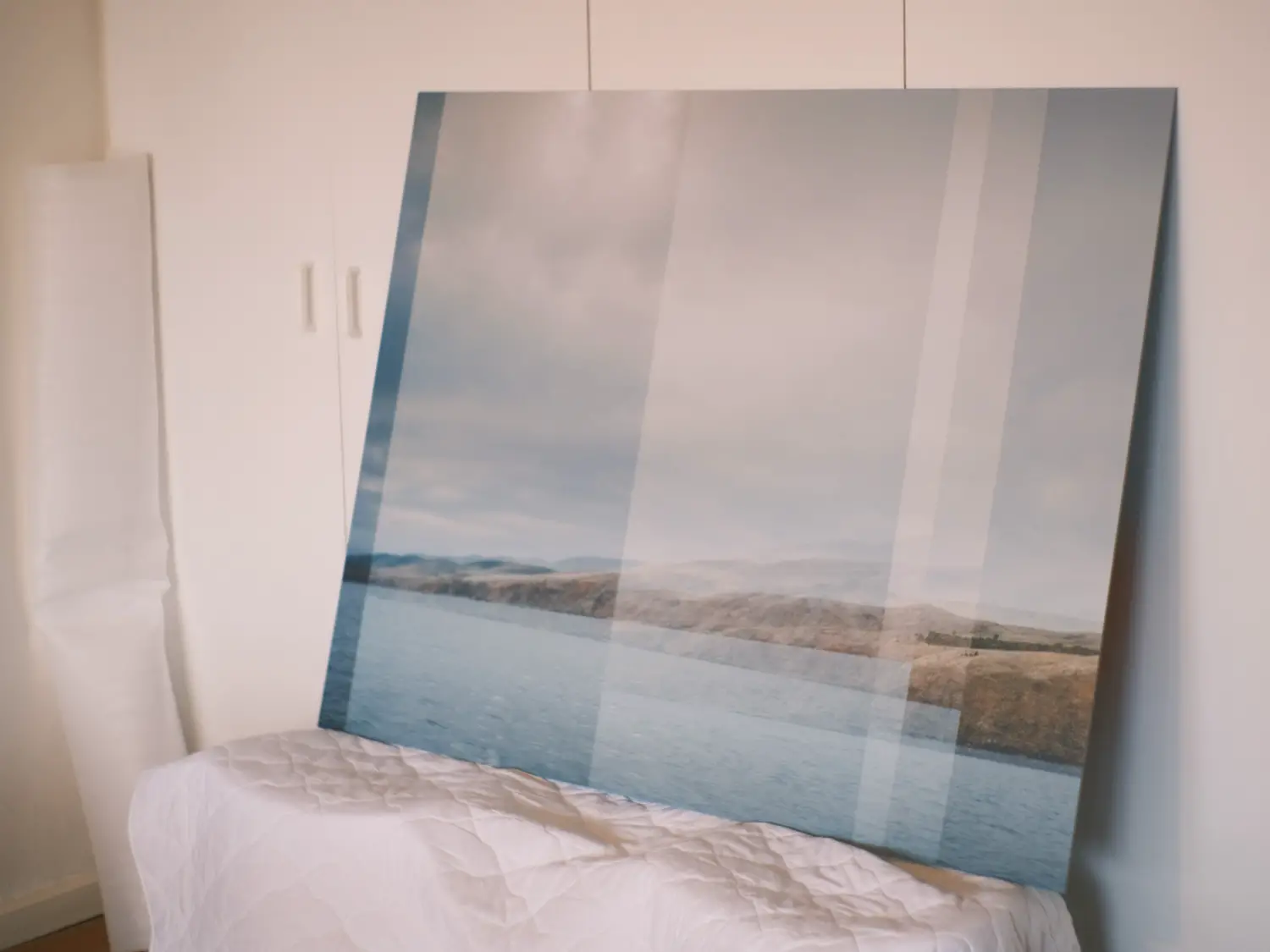
Last week I spent four days on the coast, and the X-Pro3 was one of the four cameras that came with me.
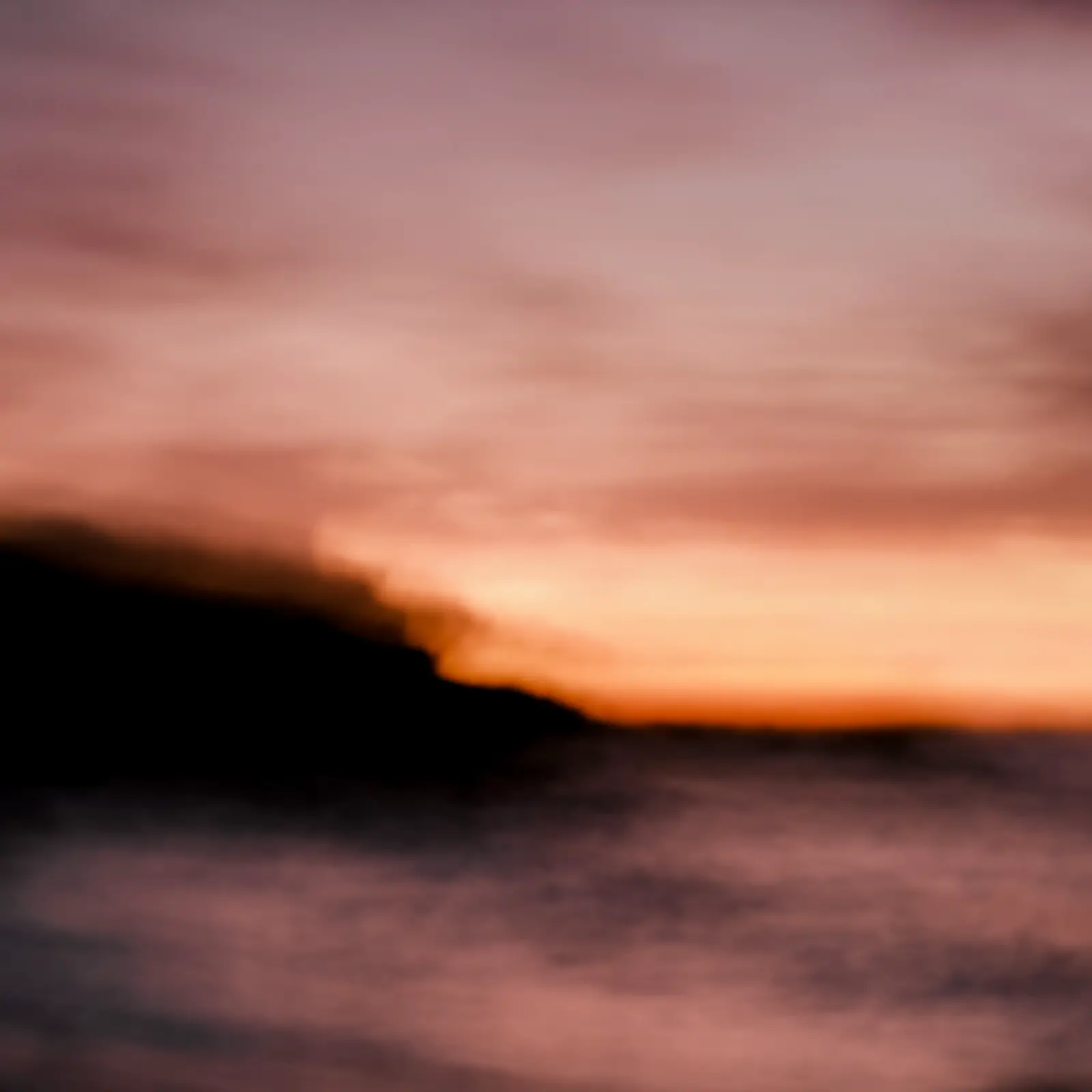
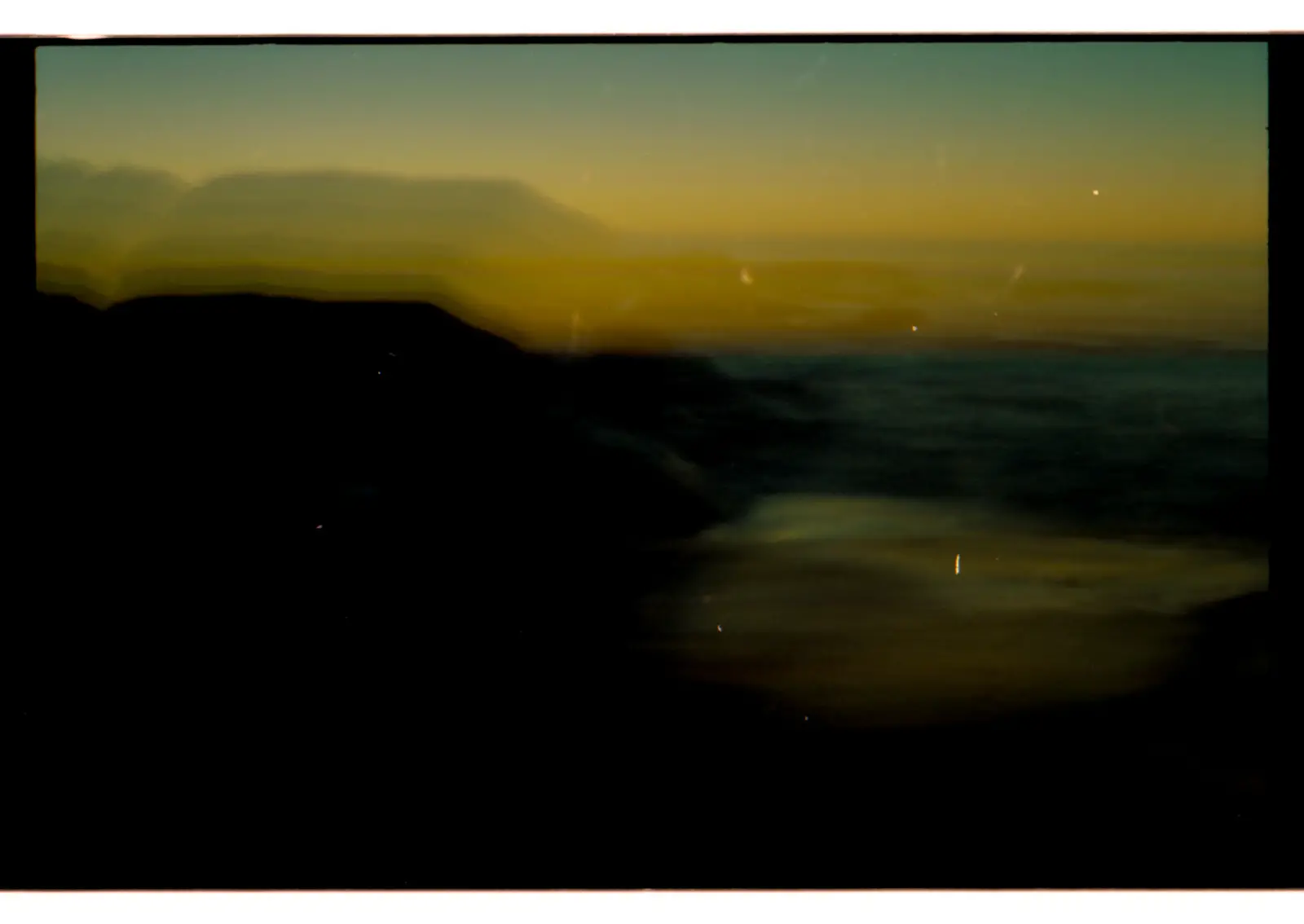
I’ve been using the same cameras for the past couple of years now: an Agfa Isolette III 6×6 folder
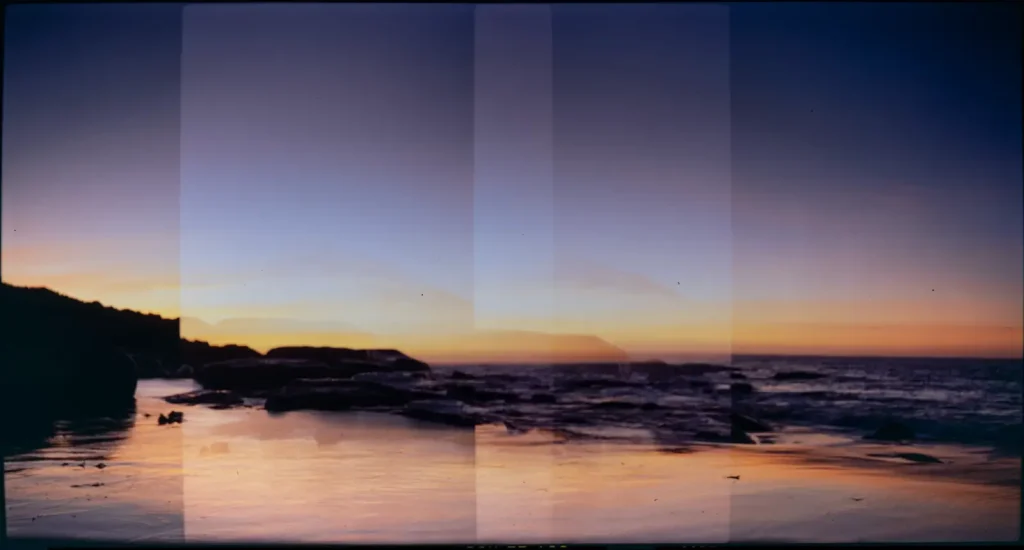
And the other camera I use is my little Olympus Trip35.
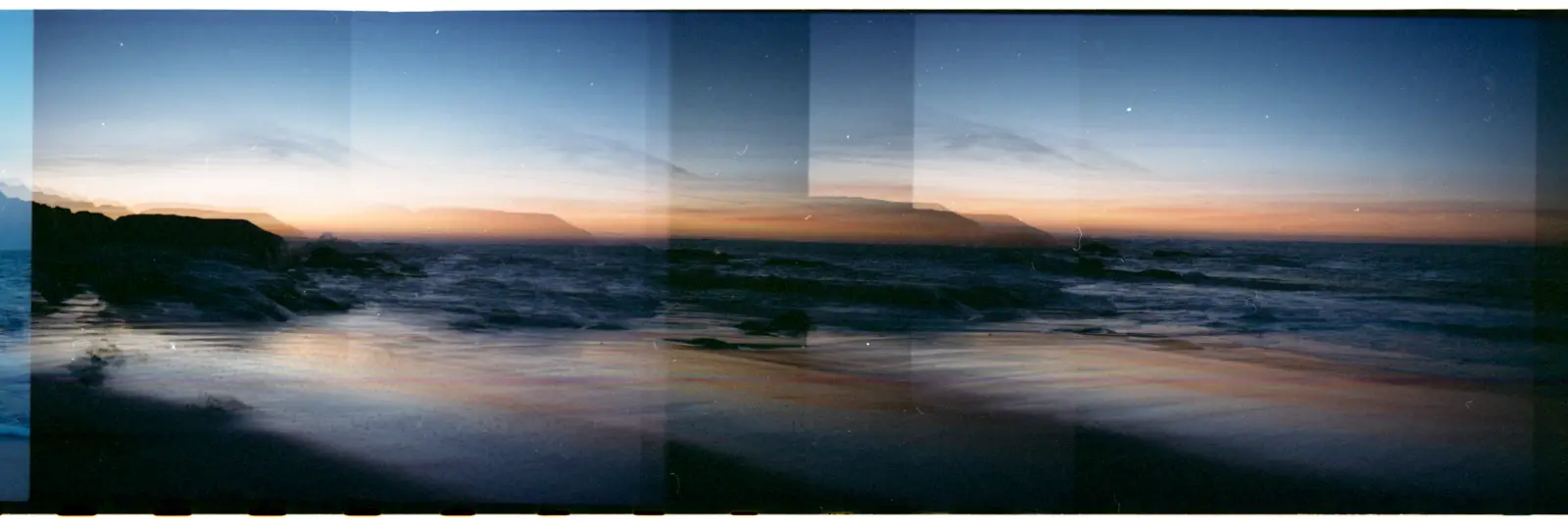
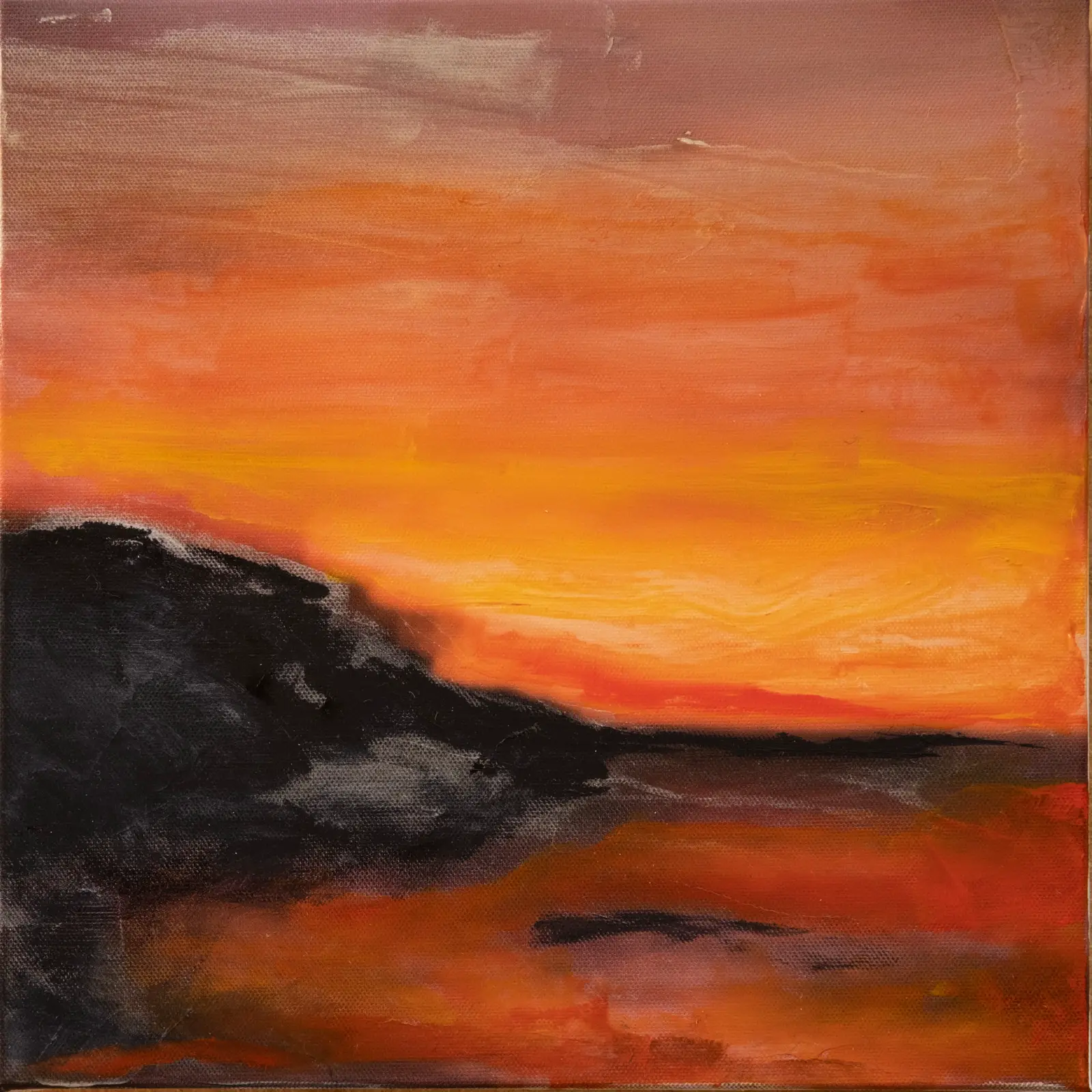
Before the X-Pro3, my travel-digital was the X-E2 with the 27mm f2.8, which is a bit smaller than the new one. My three cameras will sit neatly in a Billingham Hadley Small, and if the Oly Trip 35 can displace one of them or go out by itself in a pocket when I’m not carrying the bag.
Form Factor
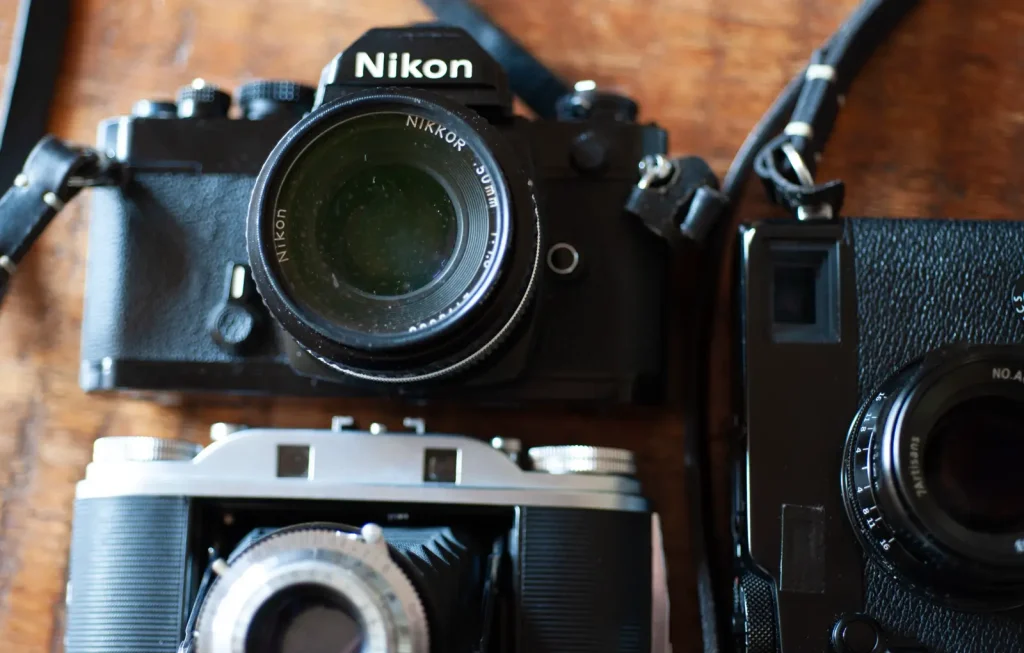
With the 7 Artisans 35mm f1.2 that lives on it most of the time, the X-Pro3 is about the size and weight of a Nikon FM with the 50mm f1.8 pancake. At 700g the Fuji is 100g less, but it feels heavier in the hand – I guess it’s a bit more dense. For me this is important. It’s a size I’m comfortable with. A Nikon F4 with a 50 on the other hand is just too big. A 120 6×6 folder is nice too, and that Agfa is about as good as it gets for my purpose.
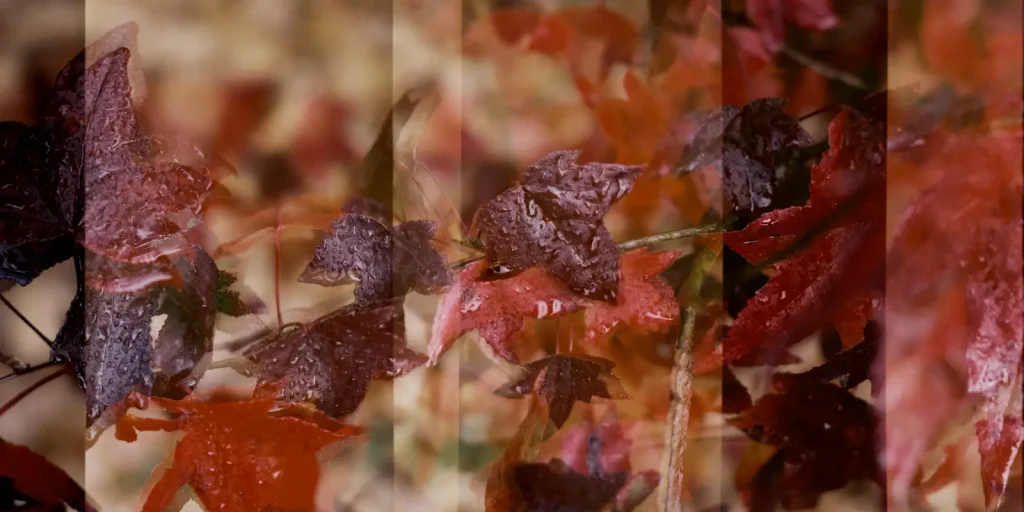
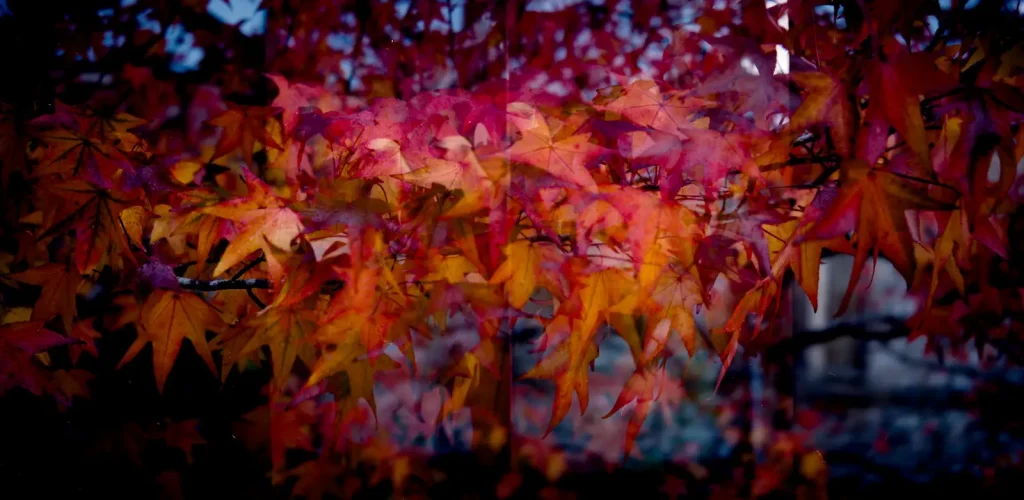
So what this means, I guess, is that I’m happy with APSC digital. I’m of the camp that thinks hankering for “full frame” over APSC digital is a bit arbitrary unless you have specific needs for glass. I don’t own any M mount glass and I am not really thinking of going there.
Two 35mm (50mm equiv.) lenses for the Fuji (I also have the lovely 35mm f2 WR) is all I really need. I used to use zooms for commercial work, but now I’ve left that behind me I’m finding that the range from 35-50 equiv. is all I want to shoot, and a nice small prime is what I want.
Of course I’m tempted by an M, but so far I’ve resisted. I also like that all the film cameras used in this story add up to less than $500. Let’s just forget the $3K in film/processing/scanning in the past 12 months shall we?
The OVF/EVF
Love it. No – that’s not quite true, I REALLY love it. I guess if the Fuji X-Pro3 did not exist I would never know, and I’d happily use an X-E 3, But now that I’ve owned an X-Pro model I don’t think there’s any going back. It has a lovely blend of versatility and fun in use.
I find I’m using it in both EVF and OVF mode roughly equally. The EVF is such a leap ahead of that on the X-E2 that it makes manual focus a viable option. If I’m shooting landscapes I usually use the OVF so I can use the area outside the frame lines to help composition, and if I’m shooting a portrait with the 7A 35 I use the EVF to get manual focus. If I’m using the fuji XF 35 it’s the OVF because it’s so much fun.
Also, with landscapes on the 7A I just leave it on infinity and use aperture to get sharpness (or lack of it).
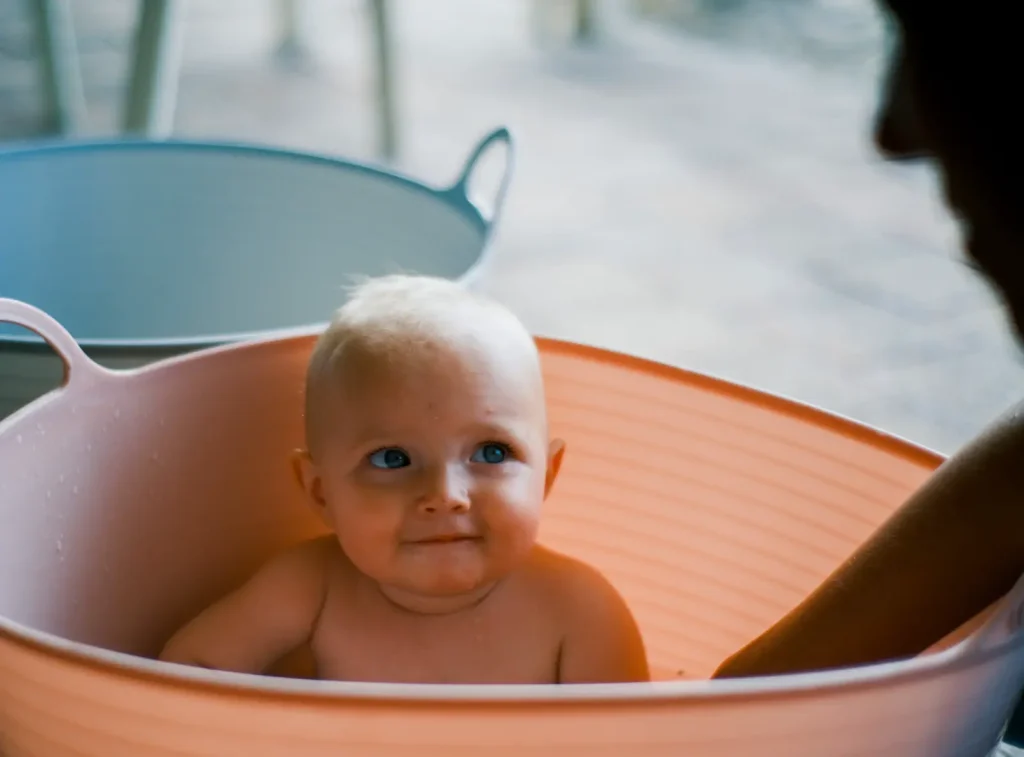
The sensor
I really like this sensor. I like the way it renders and I like the colours. This may sound odd, but I have a fondness for it as well as a mere appreciation of it. Back in the early days of digital I used a Nikon D70 (6MP) to shoot magazine covers but it never felt that comfortable. It was pushing the limits a bit. So in 2008 the 12MP sensor in the Nikon D700 was a revelation to me. Then I got a Nikon Coolpix A (16MP APSC sensor) for travel and I thought 16MP was perfect.
The main reason was I could stop shooting portrait and landscape shots of the same scene. I had an editor who would say “I want some tall shots as well as wide,” and I could then just say to him, “crop it how you like – there’s enough resolution for you to use it full page, tall or wide.”
When I got a Sony a6000 with 24MP for travel I didn’t like it, even though it had a good rep. I much preferred the 16MP XTrans in the Fuji X-E 2.
But the new 26MP sensor in the X-Pro3 is better. I like the files, simple as that. BUT I only like it up to ISO 400. I find it gritty at 1600 and I just don’t like it. I’ll use it if I need to, but I prefer not. Now – you can tell me I’m nuts, or wrong, or ignorant, or all three, but for my personal stuff I like to keep it low. (The XE-2 I would happily shoot to 1600 by the way, and I’d shoot the X-Pro3 up there for commercial work if I ever did it, but not for personal unless there’s no choice.)
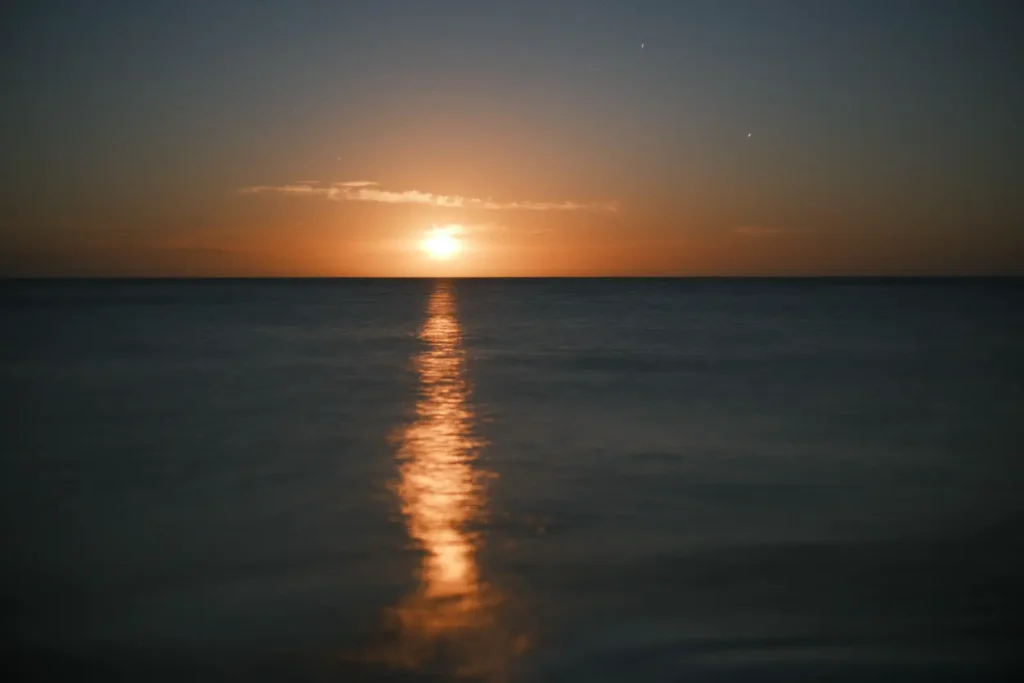
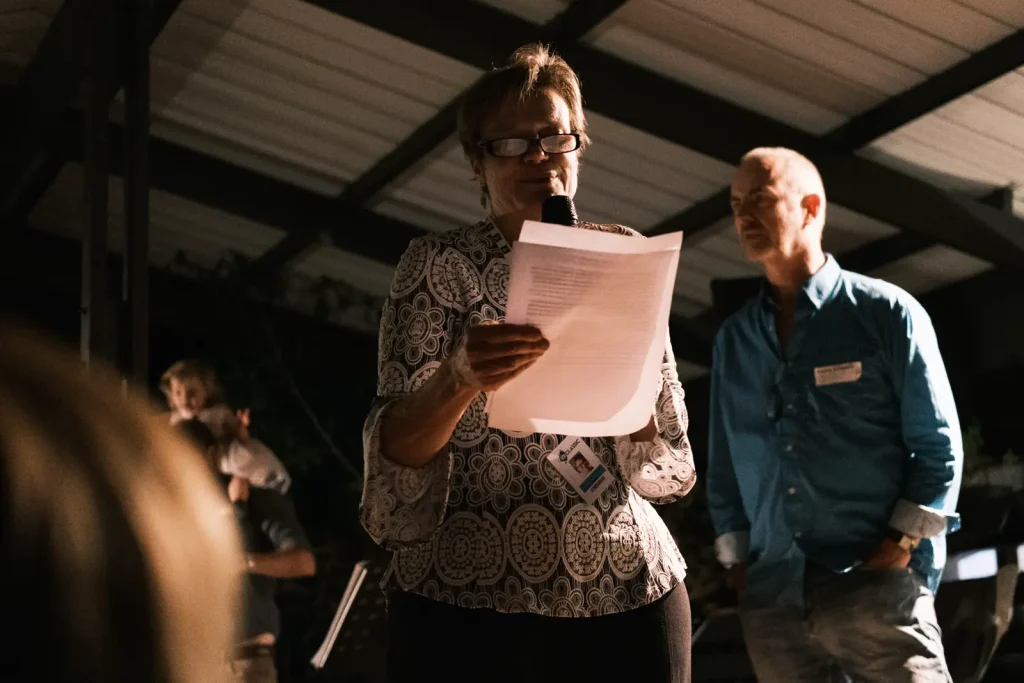
Resolution. I enjoy having 4000px on the short edge. The main reason I like it is for digitising film. I sometimes put 120 tranny on a lightbox and shoot it. Even cropped to 3500px I would have this printed up to 1 metre on the short edge. You can crunch the numbers on that and tell me in theory it’s not enough, but for my work it it’s fine. However, under 3000px gets dicey, so the X-Pro3 has replaced my D700 for copy work.
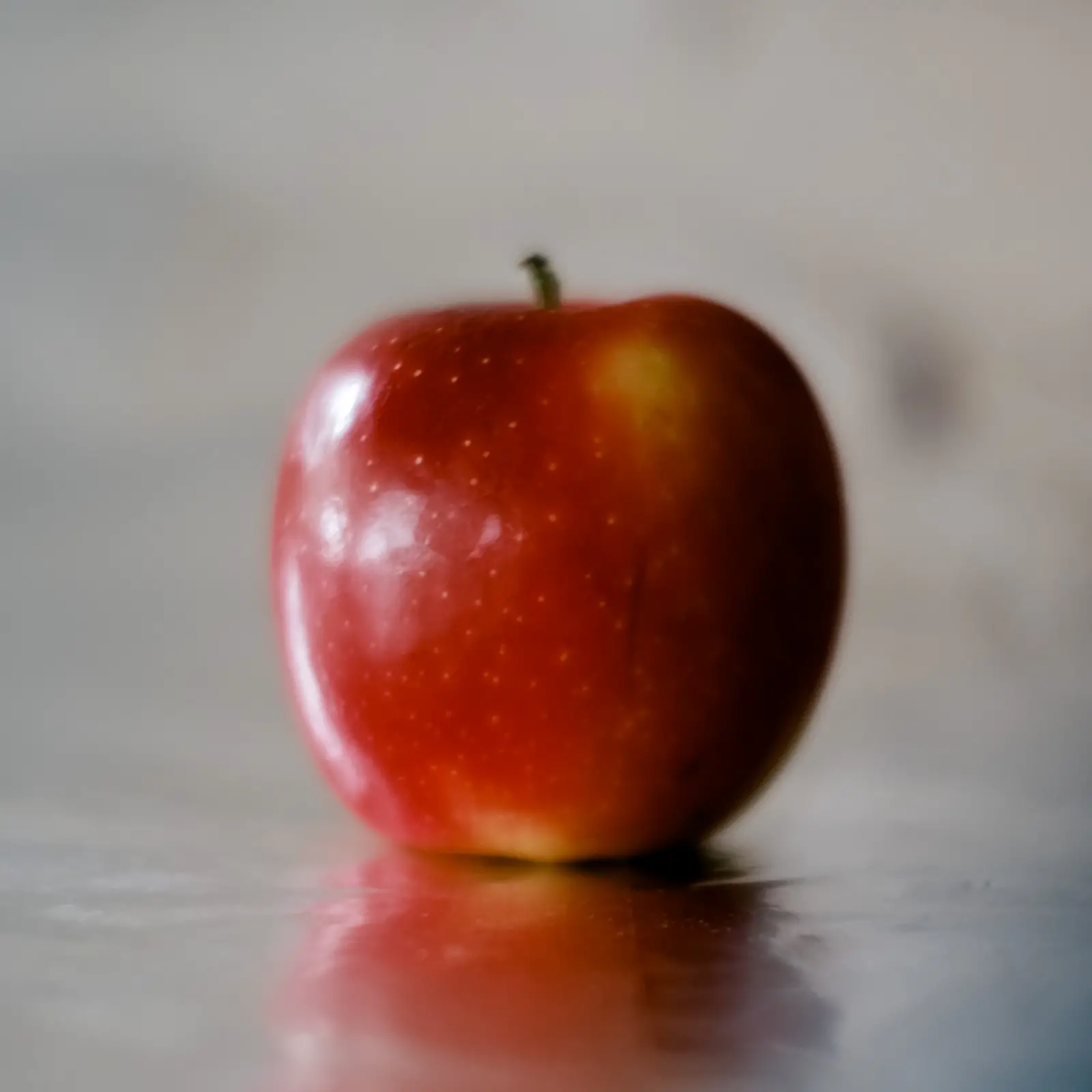
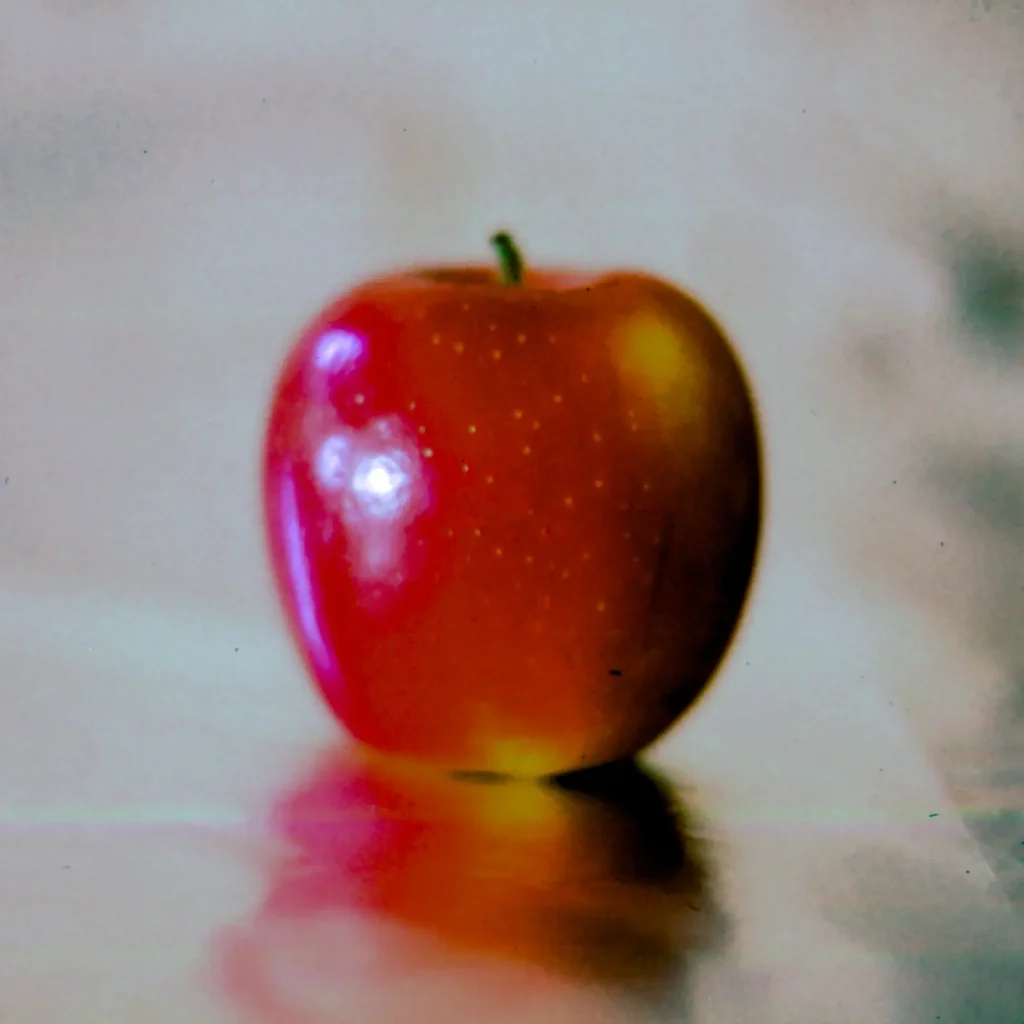
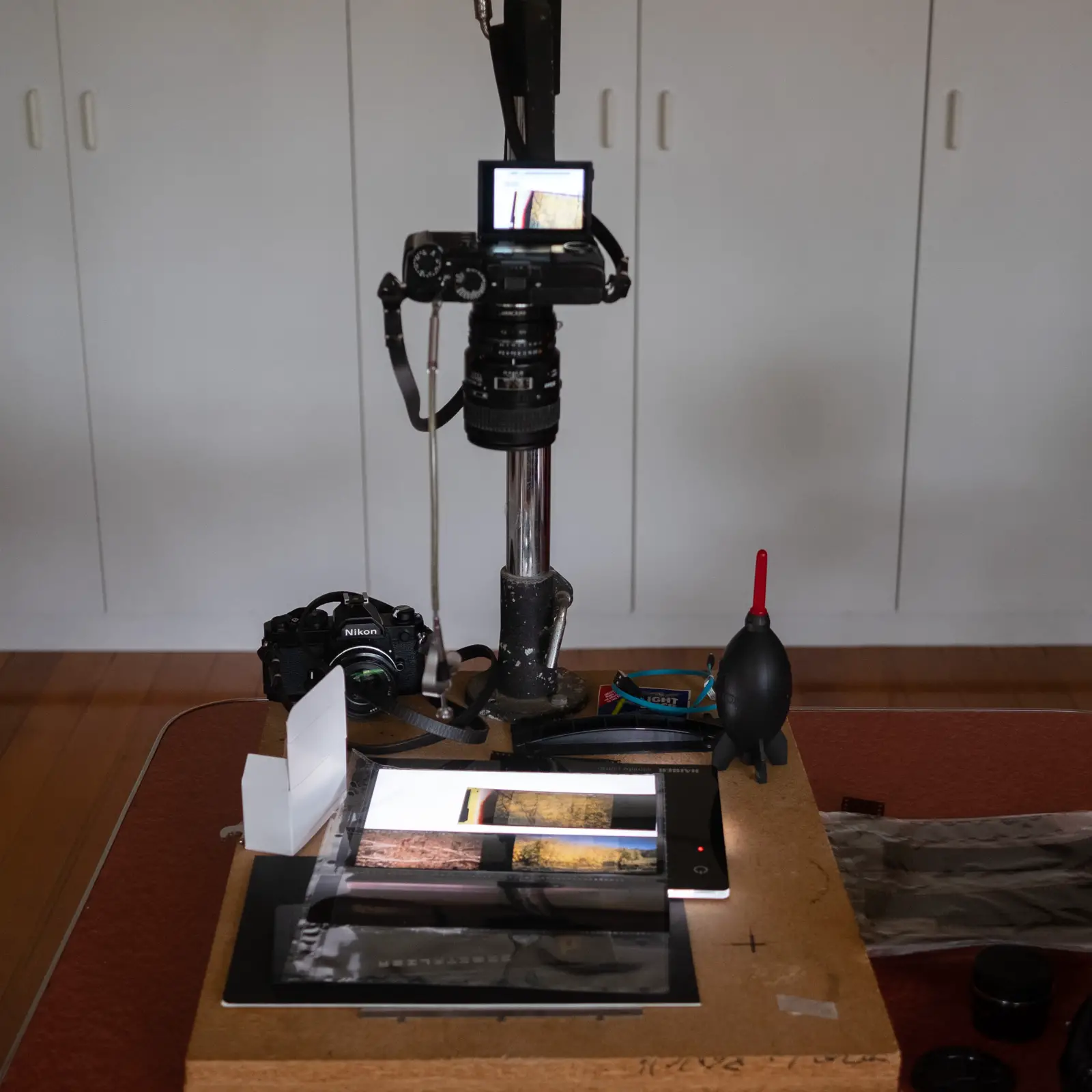
The screen
I love that the screen is hidden. All the online furore about it seems so silly now. A bunch of keyboard heroes shouting over nothing. I use the screen for the menus and for when I’m shooting it on a copy stand. It’s a nice screen. I’ve never got my head around it being a touch screen though. In fact I think I had forgotten that (yet again) until I just typed this.
Other quirks and foibles
The ISO dial. People say it’s a gimmick but I actually like it. I didn’t like it at the start but now I do. Because I tend not to use auto ISO on this camera it’s nice having a real dial. I can’t read the little numbers, but if I’m holding the camera up to my eye I can see ISO in the viewfinder. I’ve also got it set up to show on the rear display.
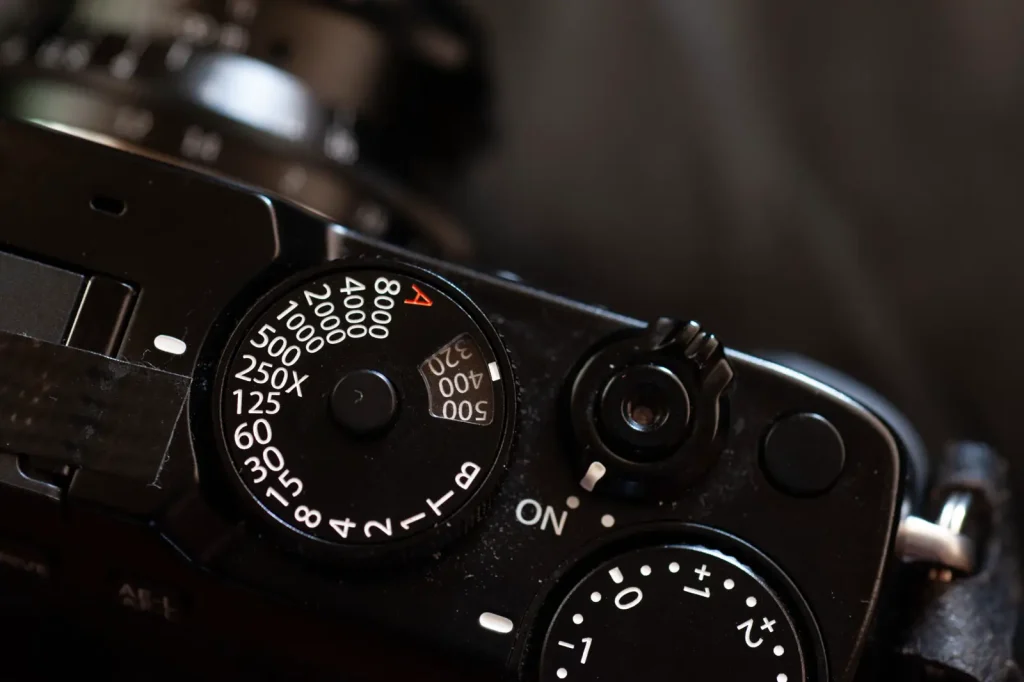
The Exposure comp dial. Damn – it’s about the only annoying thing on the camera. Still gets knocked off setting way too easily. They really should have done better on that. It actually discourages me from using aperture priority it gets knocked so much. You should not have to check the dial every time you pull the camera out of the bag, but you do.
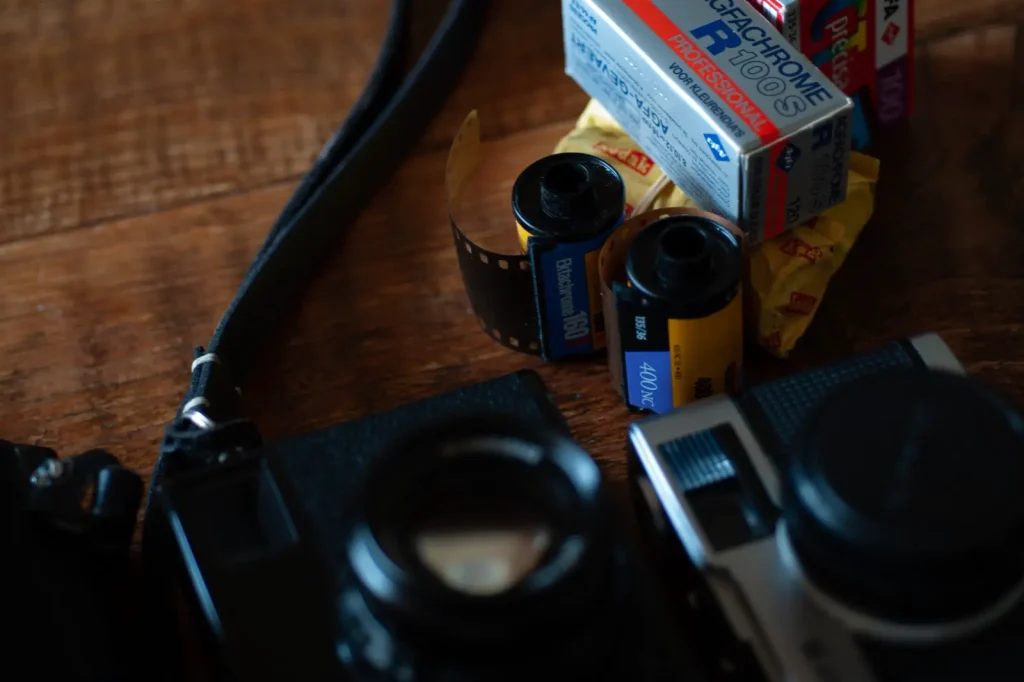
Two card slots. Again, I didn’t know I’d like this until I got it. I use raw for copy work and jpeg for everything else. But I have the second card set up to record raw. My plan is that every year, or when I fill a raw card, I’ll dump it on to my hard drive so I have the raws in case I want to use them in the future. (Imagine if in 10 years someone actually makes a realistic colour film grain simulation) I’ve got negs in sleeves from the 90s that I’m using now – who knows what the future will bring.
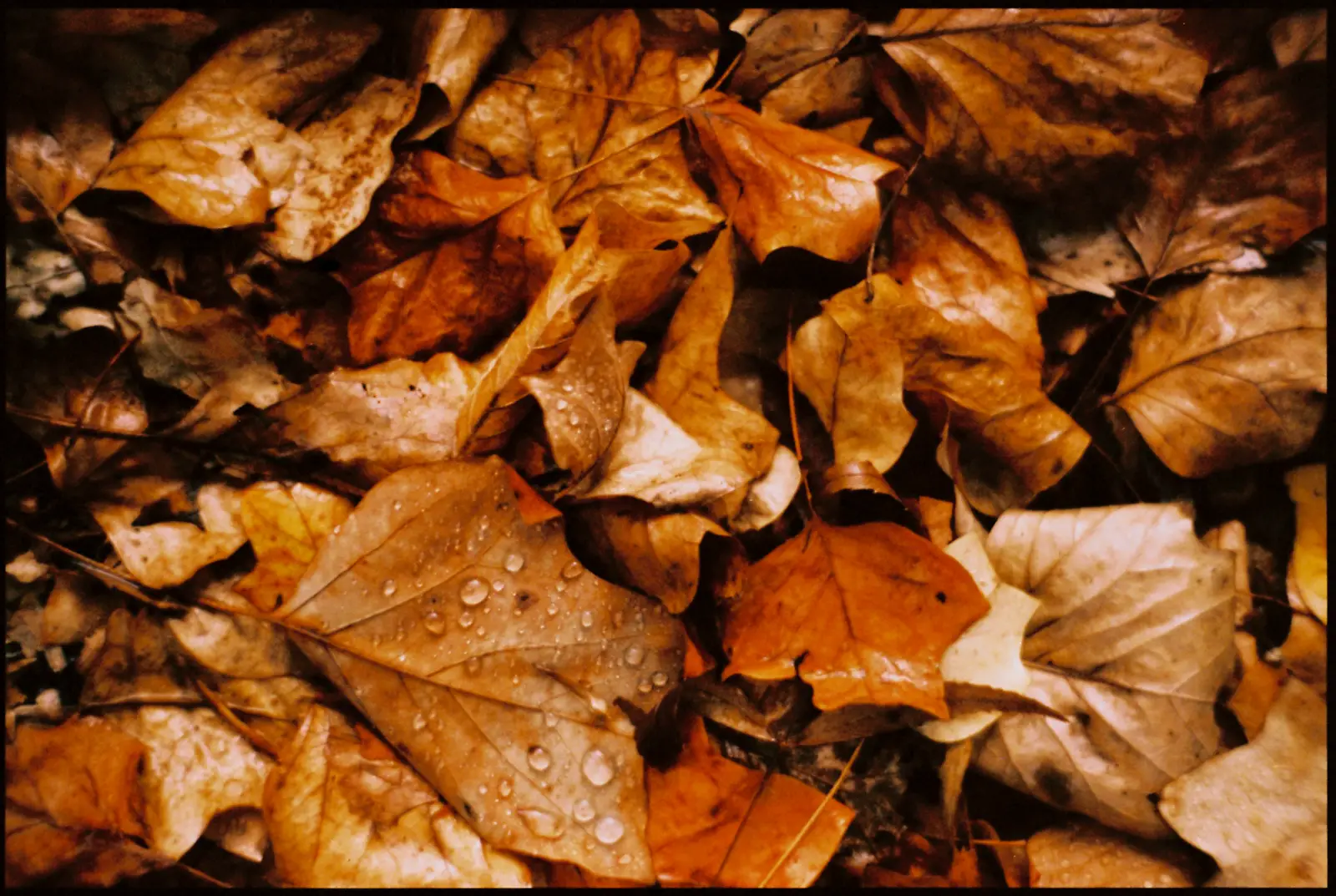
They also serve who only stand and wait
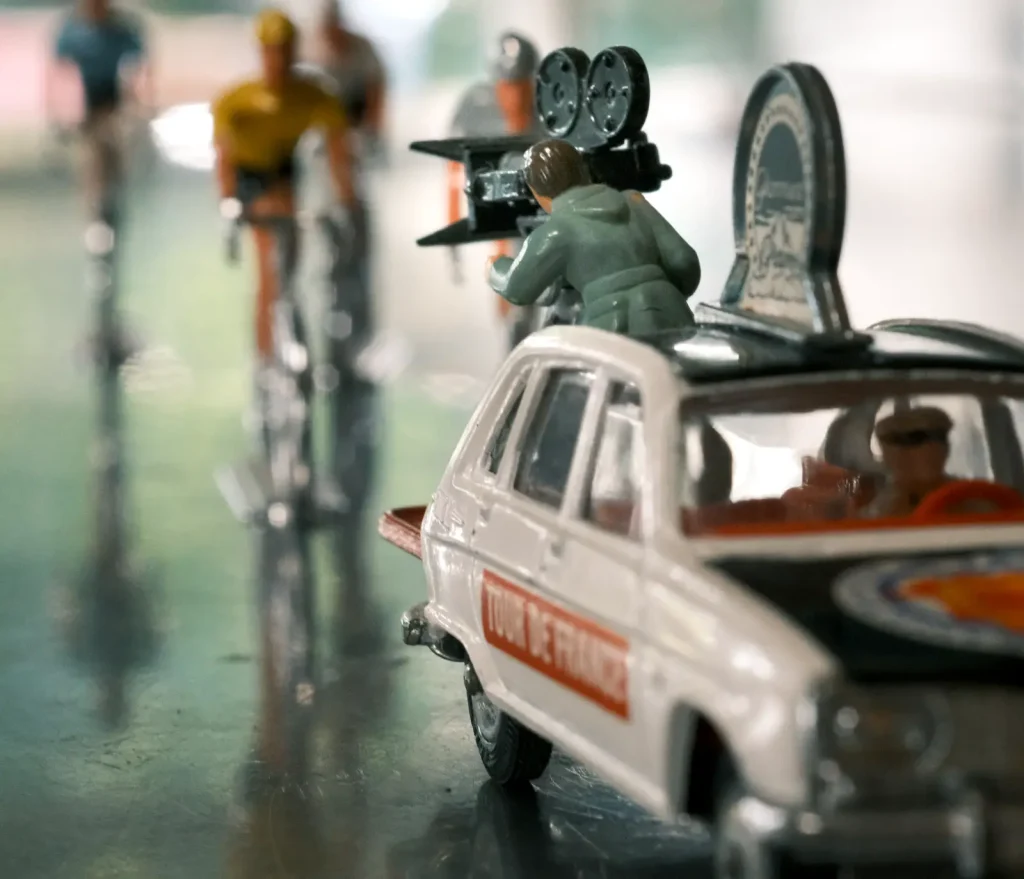
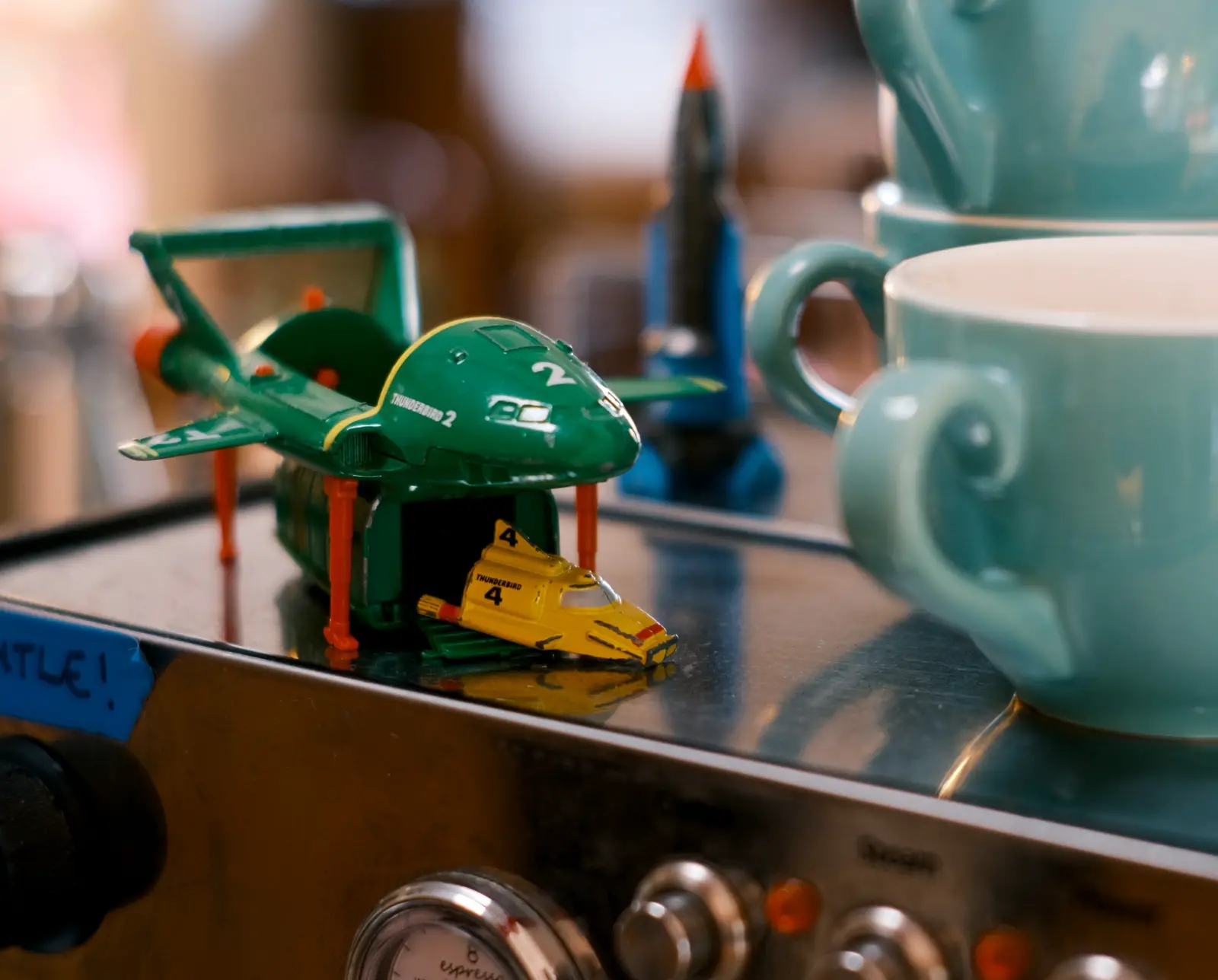
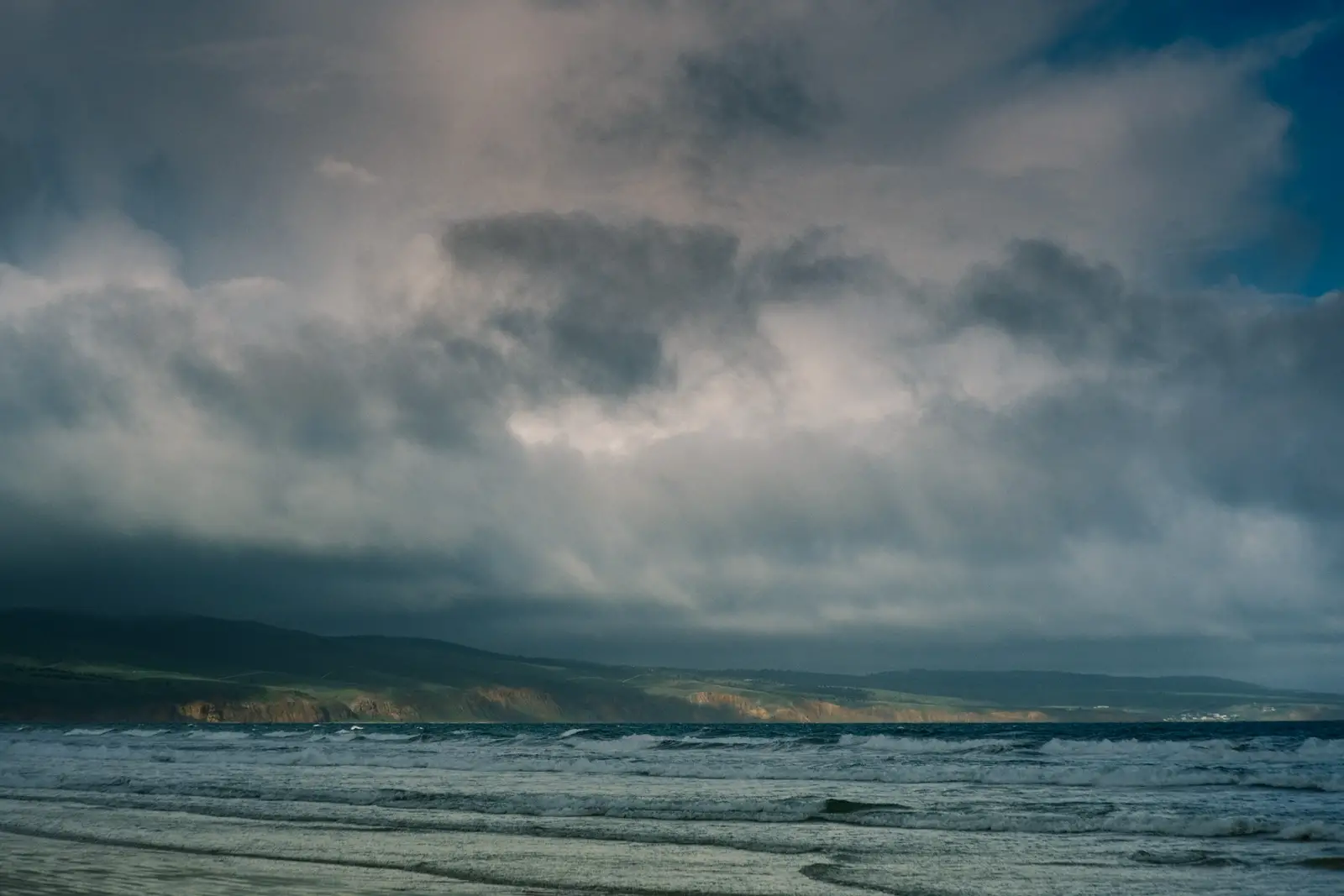
Is that enough? Looking at the shots on the Fuji they are not the ones I regard as work. They are not the ones I’m planning to exhibit. But that doesn’t mean it’s not a serious camera or not important to me. This camera is a big part of my photography and integral to it. It’s a camera I like, and I think it is a major step up from the X-E2. Now I’ve used it I would not want to go back. I don’t regard it as an experiment or stopgap, but rather as a tool that I appreciate and will enjoy using for quite some time.
Share this post:
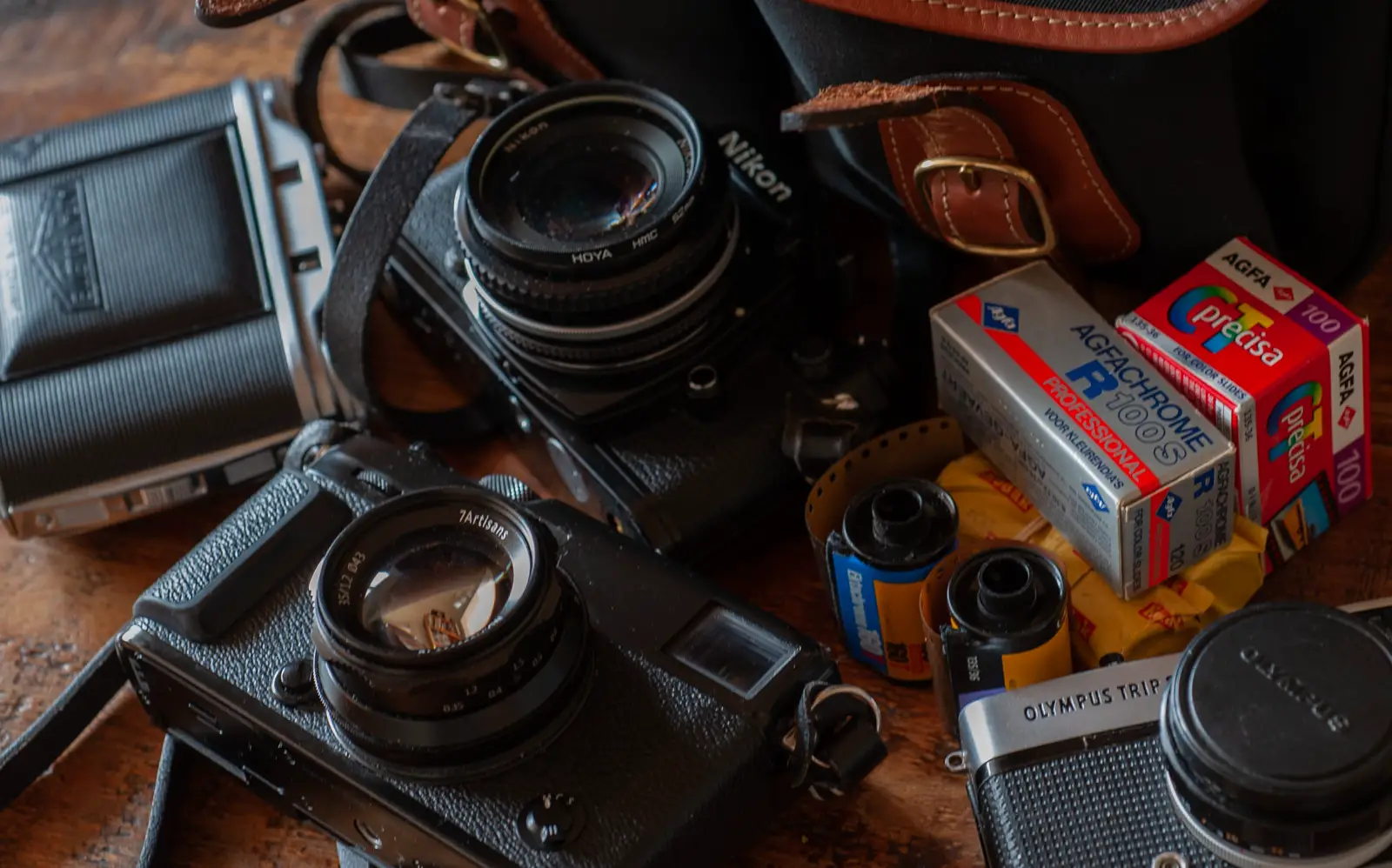








Comments
thorsten wulff on Fujifilm X-Pro3 Part Three: Four Days with Four cameras – By David Hume
Comment posted: 08/07/2020
Comment posted: 08/07/2020
John Nguyen on Fujifilm X-Pro3 Part Three: Four Days with Four cameras – By David Hume
Comment posted: 08/07/2020
"I love that the screen is hidden. All the online furore about it seems so silly now. A bunch of keyboard heroes shouting over nothing."
Comment posted: 08/07/2020
Comment posted: 08/07/2020
Comment posted: 08/07/2020
eric on Fujifilm X-Pro3 Part Three: Four Days with Four cameras – By David Hume
Comment posted: 08/07/2020
What I like in your pictures, this is the magic touch and colors : this is dreamy !
Thank you so much.
BRAVO.
Comment posted: 08/07/2020
Huey on Fujifilm X-Pro3 Part Three: Four Days with Four cameras – By David Hume
Comment posted: 08/07/2020
Comment posted: 08/07/2020
Comment posted: 08/07/2020
Comment posted: 08/07/2020
Huss on Fujifilm X-Pro3 Part Three: Four Days with Four cameras – By David Hume
Comment posted: 08/07/2020
There is no reason for it to turn so easily.
I thought I loved the Neg Chrome setting, but have soured on it as it does not actually behave like neg film. It blows out highlights, whereas neg film captures details in highlights.
Switched to Astia Soft with a little boost in contrast..
Comment posted: 08/07/2020
eric on Fujifilm X-Pro3 Part Three: Four Days with Four cameras – By David Hume
Comment posted: 09/07/2020
Micah on Fujifilm X-Pro3 Part Three: Four Days with Four cameras – By David Hume
Comment posted: 09/07/2020
-I have shot RAW as a matter of course ever since I owned a camera for which it was reasonable to do so. I never considered the type of workflow you describe, where you shoot RAW JPEG but you're primarily only working with the latter. I shall have to ponder that now that I have a camera that puts so much emphasis on good JPEG results.
-You have mentioned how well the OVF works for your shooting style, and also made a passing reference to the X-T3 not being your cup of tea. Compared to your X-E2, does that statement still hold?
-One criticism the DPReview crew leveled against the X-Pro3 was its screen only offering tilt-down viewing, and not being reversible. I'd say I agree with that, as even for 100% OVF/EVF users, it would be nice to have a better info panel on the back than the one on the X-Pro3. A reversible screen would have solved that perfectly.
-I love that you use this sophisticated digital picture-taker to preview framing and exposure for your analog cameras. In fact, I appreciate that you defy all conventional wisdom about the proper workflow for a (semi-)professional photographer in 2020. I just got a couple of Olympus OM lenses to use as cheap primes on my X-T3, and while I was at it I also picked up an OM-4 to do a bit of film shooting. It has a sophisticated metering system in its own right, so I'm not exactly using the digital camera as a light meter, but nonetheless I'm finding it very satisfying to shoot certain scenes in both film and digital.
Comment posted: 09/07/2020